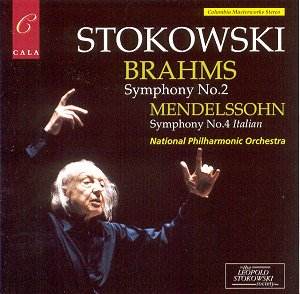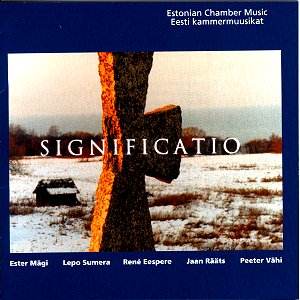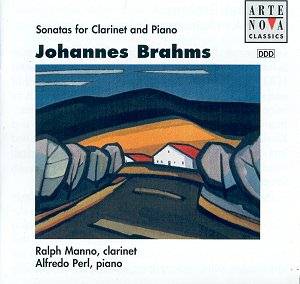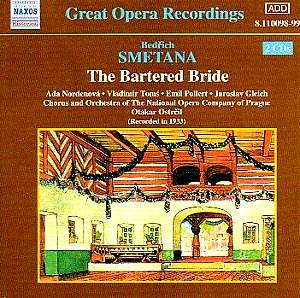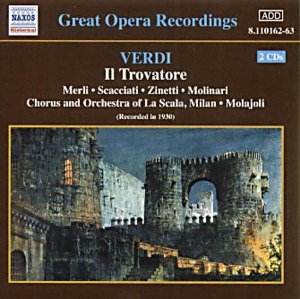 Composer: Giuseppe Verdi
Composer: Giuseppe Verdi
Works: Il Trovatore
Performers: Bianca Scacciati (soprano), Enrico Molinari (baritone), Giuseppe Zinetti (mezzo-soprano), Francesco Merli (tenor), Corrado Zambelli (bass), Emilio Venturini (tenor), Ida Mannarini (soprano), Enzo Arnaldi (bass), Chorus and Orchestra of La Scala, Milan
Recording: Recorded on 28 sides by Italian Columbia, 10-23 September 1930
Label: NAXOS
Verdi’s Il Trovatore, a seminal work of the Italian operatic canon, premiered in 1853 and has since become celebrated for its fervent melodies and intricate narrative. This recording, conducted by Lorenzo Molajoli and featuring a stellar cast from the 1930s, captures a moment when opera was flourishing, yet still resonant with the stylistic grandeur of earlier traditions. The opera’s convoluted plot, centered around themes of love, revenge, and mistaken identities, serves as a backdrop to some of the composer’s most powerful musical expressions.
From the outset, the recording distinguishes itself with the clarity of diction among the performers. Corrado Zambelli’s portrayal of Ferrando, with his crisp articulation of the Italian r’s, sets a high standard for vocal precision, reminiscent of the best traditions of operatic enunciation. While some may find his delivery bordering on the mannered, it nevertheless serves to illuminate the text with an infectious vitality. The orchestra, while perhaps slightly distant in timbre, maintains a cohesive sound, particularly in its unified response to Molajoli’s direction. The strings may lack the bloom that modern listeners expect, yet they possess a certain charm reflective of the period’s recording technology.
Bianca Scacciati’s performance as Leonora is the centerpiece of this recording. Her voice, while occasionally faltering in sustained phrases, is rich in dramatic expression, particularly evident in the cabaletta “Di tale amor.” Scacciati’s agility and emotional depth bring the character to life, even if she occasionally opts for a more direct approach rather than the ideal portamento. Enrico Molinari’s Il Conte di Luna offers a compelling portrayal, with a rich baritone that vibrantly conveys the character’s jealousy and desperation. His rendering of “Il balen” showcases both technical prowess and emotional resonance, delivering a shuddering effect that communicates the character’s inner turmoil.
Francesco Merli, as Manrico, shines particularly in the renowned aria “Di quella pira.” His impressive top C, held for an impressive duration, signifies not only technical skill but also the dramatic stakes of the moment. One cannot overlook the historical context of such performances, especially in an era where the tenor’s execution of Verdi’s demanding vocal lines was often subject to personal interpretation. Merli’s choices resonate with the traditions of his time, exemplifying the tension between fidelity to the score and the individual artist’s expression.
The engineering of this historical recording by Naxos is commendable, providing a clear transmission of the voices even as it inevitably reflects the limitations of its era. The choral singing is robust, particularly in the Anvil Chorus, where the combined forces of the La Scala Chorus exhibit a remarkable blend of precision and vigor. However, the balance at times favors the singers, subtly overshadowing the orchestral contributions, which can lead to moments where the orchestral fabric feels less vibrant than intended.
Each act culminates in a series of powerful duets, particularly the penultimate scene featuring Scacciati and Molinari, whose interplay is marked by a palpable tension that underscores the opera’s tragic underpinnings. The absence of Leonora’s cabaletta “Tu vedrai che amore in terra” is a noticeable gap, but the recording compensates with a rich array of vocal colors and emotional depth throughout.
This Naxos release, drawn from a rich historical tradition, stands as a testament to the golden age of operatic performance, delivering both the vigor and expressivity that Verdi’s work demands. The interpretation choices made by the performers, coupled with Molajoli’s adept conducting, present a compelling case for this recording as a vital document of operatic history. For those seeking to explore Il Trovatore through a lens that marries historical authenticity with emotional intensity, this recording is an invaluable addition to the discography of one of opera’s most enduring masterpieces.
